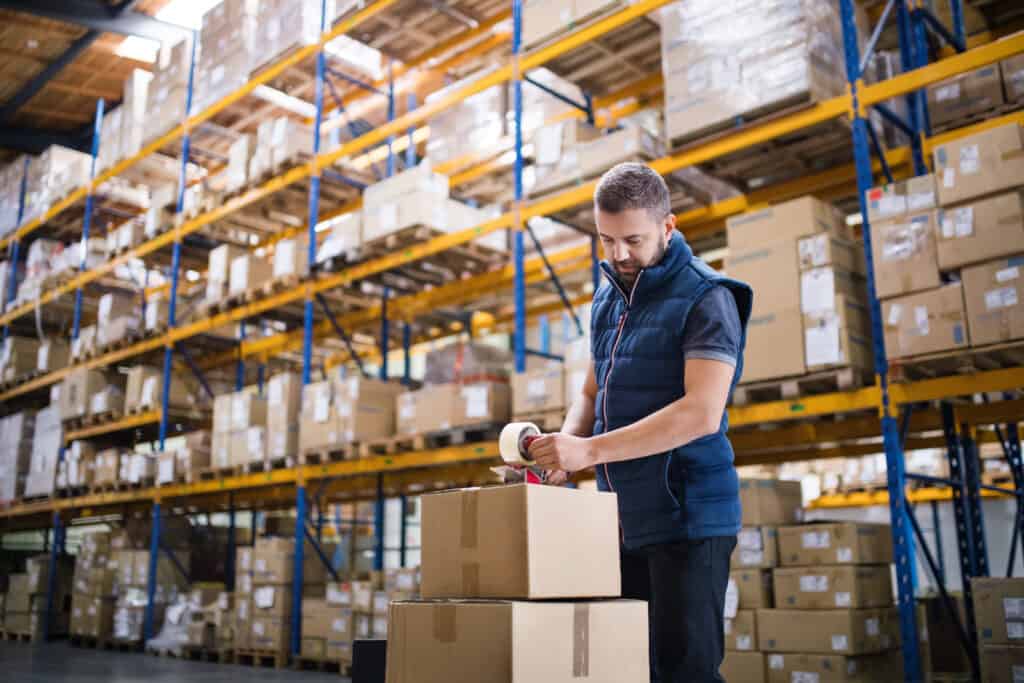In the contemporary landscape of construction and logistics, the rise of modern temporary warehouse buildings marks a pivotal shift towards efficiency, versatility, and sustainability. These structures, despite their nomenclature, can serve functional purposes for 20 years or more, challenging the traditional perception of temporariness with their durability and resilience.
The construction speed of these temporary warehouse buildings is remarkably rapid, a key advantage that allows businesses to respond swiftly to market demands or operational needs. Unlike conventional buildings, which can take several months to years to construct, temporary warehouses can be erected in a matter of weeks. This expediency does not compromise quality or safety; rather, it is a testament to the innovative engineering and prefabrication techniques that have evolved in the sector.
Seen from the air, you can see the simplicity on temporary warehouse design. Although this building has had a concrete base poured, this is not necessary for the building – but may be a preference for companies that need a stable base. Temporary buildings can be erected on car parks, or directly onto a solid soil base.
One of the most compelling attributes of temporary warehouse buildings is their ability to maximise the usage of the land they occupy. These structures are designed with efficiency in mind, featuring slim profiles and the absence of thick walls or unnecessary internal divisions unless specifically requested. This design philosophy not only optimises space within the warehouse itself but also allows for a more strategic utilisation of the surrounding land, accommodating additional storage, parking, or operational areas as required.
Cost-effectiveness is another hallmark of temporary warehouse buildings. Their construction requires less material and labour compared to traditional structures, translating into lower upfront costs. Additionally, the flexibility in leasing or purchasing options further enhances their appeal to businesses looking to manage capital expenditure while still expanding or adapting their operational capacities.
Moreover, the environmental footprint of temporary buildings is significantly better than that of their permanent counterparts. The materials used are often recyclable or sourced from sustainable practices, and the buildings are designed to be dismantled and reused or relocated, minimising waste and reducing the demand for raw construction materials. This aspect is particularly appealing in an era where environmental consciousness plays a critical role in corporate and societal values.
In conclusion, modern temporary warehouse buildings represent a paradigm shift in how industries approach storage and operational space. Their speed of construction, ability to maximise land usage, cost-effectiveness, and reduced environmental impact make them an increasingly popular choice for businesses across the globe. As the world moves towards more dynamic and sustainable practices, the role of temporary warehouse buildings is set to become even more central in shaping the future of construction and logistics.

